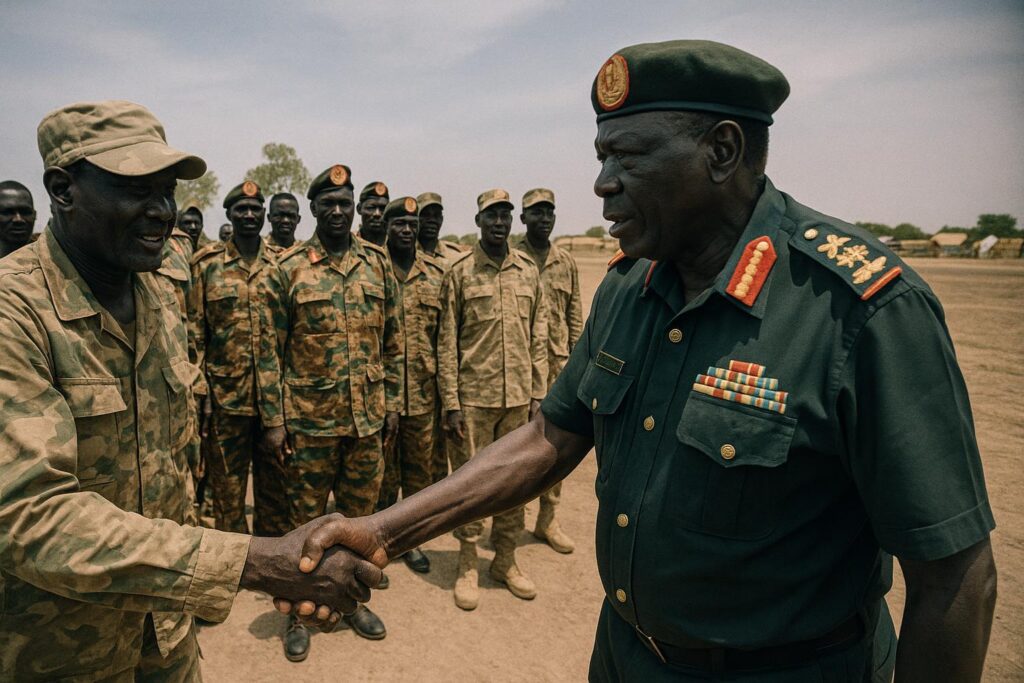Burebiey Border Clash: Key Facts
Residents of Burebiey in Nasir County awoke today to relative quiet after a fierce firefight on Saturday left at least 48 dead and more than 140 wounded, according to Upper Nile State Governor James Koang (Eye Radio).
The clash pitted forces of the South Sudan People’s Defence Forces, SSPDF, against troops loyal to the Sudan People’s Liberation Army in Opposition, SPLA-IO, near the porous frontier with Ethiopia.
Governor’s Account of the Fighting
Speaking from Malakal, Governor Koang said SPLA-IO fighters, backed by local White Army youths, attacked an SSPDF outpost around 11 a.m. Saturday, prompting what he described as a swift defensive response.
He reported zero fatalities among government soldiers, claiming only four injuries, while placing opposition losses at 48 dead and 148 wounded.
Independent verification from humanitarian monitors remains pending, but previous incidents in the area suggest high casualty figures are not unprecedented.
Calm Returns to Burebiey
By Sunday morning, Koang said life had ‘returned to normal’, with markets reopening and community leaders working to reassure displaced families.
Eyewitnesses contacted by local radio confirmed traffic on the main Nasir–Ethiopia corridor had resumed, though many households are still nursing injuries or mourning relatives.
Calls for Restraint and Dialogue
The governor appealed to SPLA-IO commanders and the White Army to halt further attacks and engage in peace talks, stressing his administration’s readiness for dialogue.
Community elders in Burebiey echoed the appeal, warning that renewed violence could undermine planting season and exacerbate food insecurity already aggravated by recent floods.
Regional Security Implications
Analysts note that sporadic fighting along the South Sudan–Ethiopia border carries risks for cross-border trade and refugee movements, making early de-escalation essential for wider regional stability.
The Joint Defence Board in Juba has yet to issue a statement, but security sources suggest patrols may be intensified in the border belt to deter future incursions.


